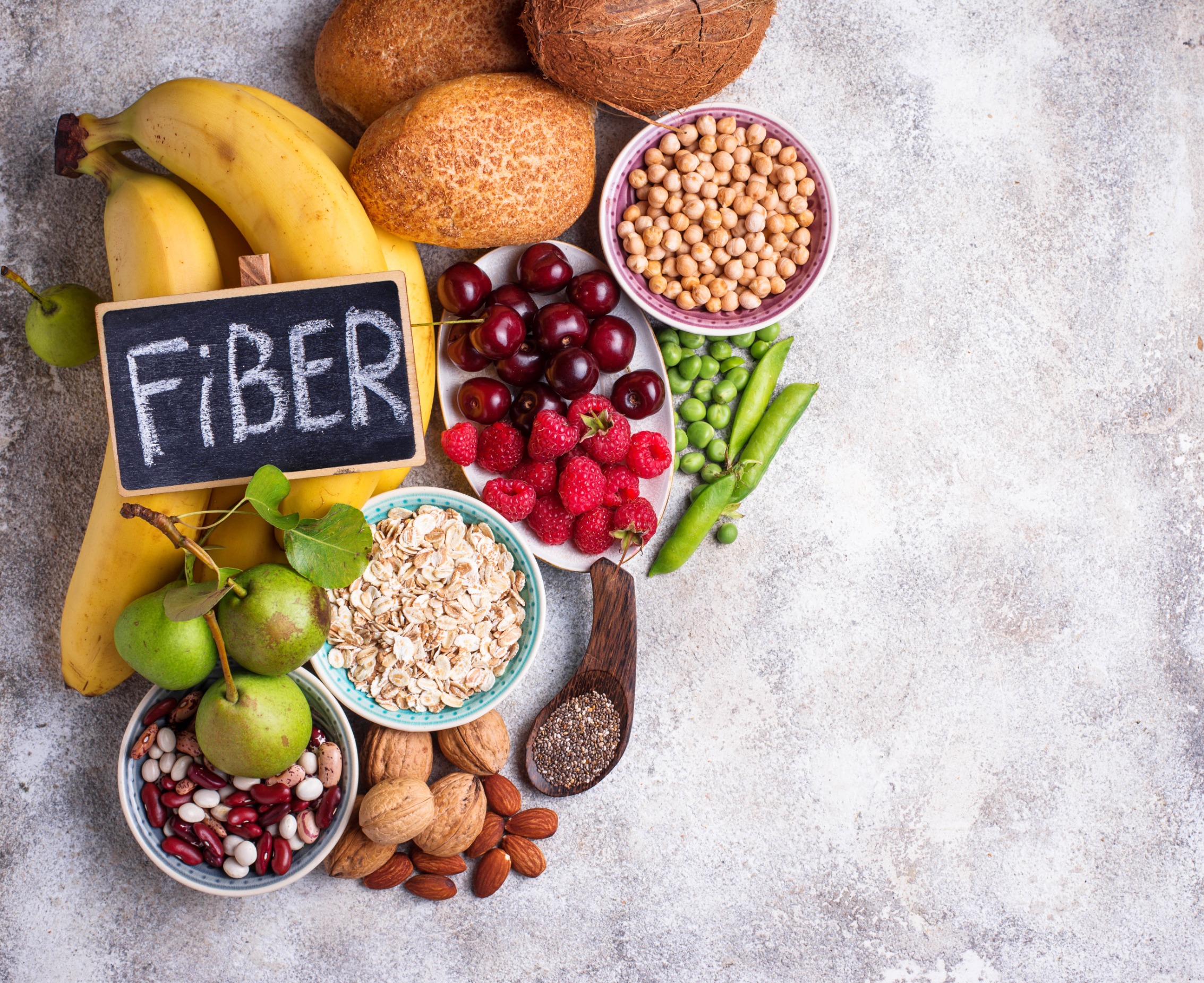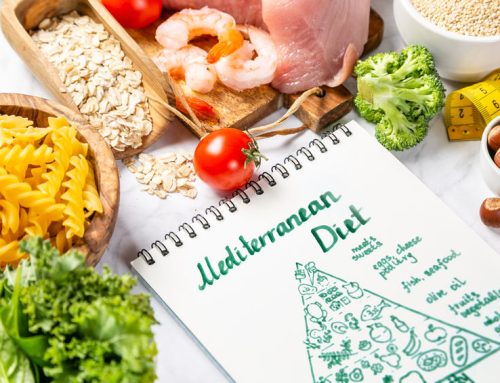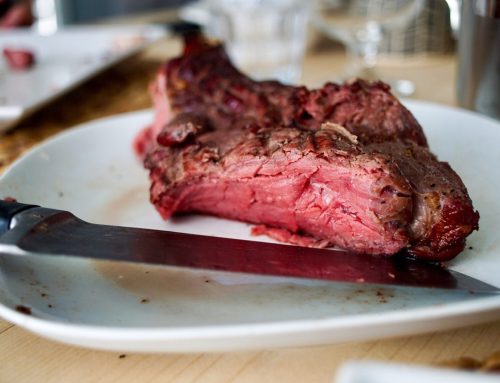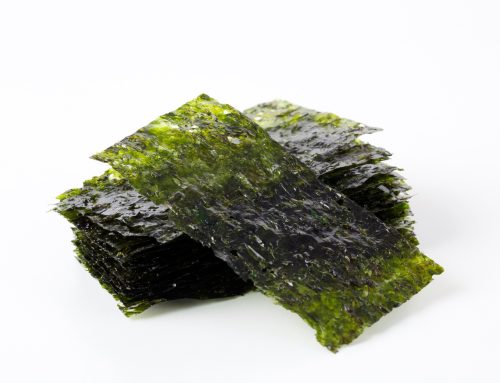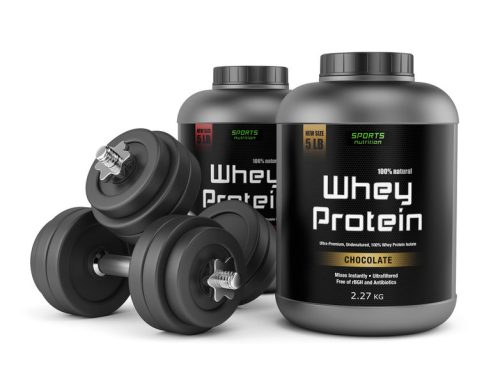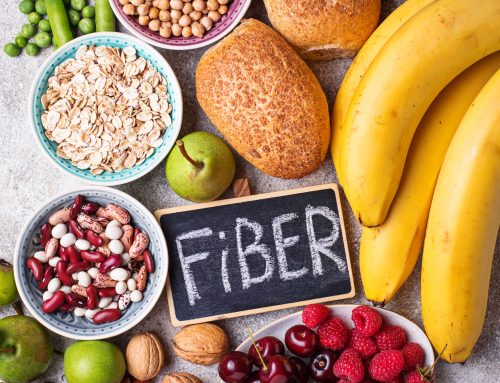Most people don’t understand the importance of fiber in their diets and most of us do not get enough fiber. Here’s how to do better.
Do you get enough fiber in your diet? If not, you are certainly not alone. It’s estimated that more than 90% of women and 97% of men don’t get the recommended amounts. But being in good company doesn’t change the fact that getting enough fiber is important for health — and not just for digestive health.
Fiber recommendations aren’t one-size-fits-all. From age 2 and onward, it’s recommended that we get 14 grams of fiber per 1,000 calories. That’s about 22 to 28 grams for adult females (more during pregnancy and lactation) and 28 to 34 grams for adult males. However, most adults average 10 to 15 grams per day.
Why so little? Because more than 85 percent of adults aren’t eating enough fruits, vegetables and whole grains, all of which are fiber-rich, so not getting enough fiber means you’re missing out on everything else those foods have to offer. This is one downside of low-carb diets.
Importance of Fiber in Diet
Generally speaking, fiber is a type of carbohydrate that the human body can’t digest. But there are different types of fiber, that provide different health benefits.
Dietary fiber is naturally occurring fiber in whole plant foods like pulses (beans and lentils), fruits, vegetables and whole grains. Functional fiber — such as inulin, maltodextrin, guar gum and psyllium — have been extracted from natural sources, processed and added back to foods or supplements because they have health benefits. (Not all functional fiber offers the same benefits of dietary fiber and in fact, most fiber supplements don’t, with the exception of psyllium.)
From there, we have subcategories of fiber based on their physical properties and what they do in our bodies when we consume them.
Soluble Fiber
Soluble fiber dissolves in water, and sources include pulses, barley, oats, some fruits (such as apples and blueberries), chia seeds and psyllium.
Soluble fiber that’s also viscous (forms a gel) — oats, barley and psyllium are prime examples — can help lower total and LDL (“bad”) cholesterol levels and promote stable blood sugar.
Some types of soluble fiber are fermentable by bacteria in our gut (large intestine or colon, creating byproducts, such as short-chain fatty acids) that benefit health. Some fermentable fiber is also prebiotic, stimulating the growth and/or activity of beneficial bacteria in our guts.
Resistant starch, found in pulses, bananas and cooked-and-cooled pasta, rice and potatoes is one surprising source of fermentable, prebiotic “fiber.”
Insoluble Fiber
Insoluble fiber, which does not dissolve in water, comes from whole wheat and other whole grains, especially the outer bran, pulses, vegetables (especially leafy greens), fruits with edible skins, and nuts and seeds.
Insoluble fiber can help your digestive system function smoothly, preventing constipation. In other words, it “keeps you regular.”
If your head is spinning, rest assured that unless you have a health concern that is affected — for better or for worse — by specific types of fiber, it’s enough to simply meet the overall fiber recommendations from a variety of plant foods.
Getting enough fiber helps you feel pleasantly full and satisfied after a meal, supports gut health and may reduce your risk of major chronic diseases.
• A 2019 analysis of almost 250 studies found that people who had high intakes of fiber from vegetables, fruits and whole grains reduced their risk of dying from heart disease, stroke, type 2 diabetes and/or colon cancer by 16% to 24%, compared to people who ate very little fiber.
• Risk reductions were greatest when daily intake of dietary fiber was between 25 and 29 grams.
In general, it’s better to get your fiber from whole foods than from fiber supplements. An apple, a handful of nuts, a serving of beans or whole grains, a carrot are going to include more than one type of fiber, plus a host of beneficial vitamins, minerals and phytochemicals — in fact, some of the health benefits associated with eating enough fiber may be due to the fact that fiber-rich plant foods are nutritious and health-promoting in other ways.
So what might a fiber-rich day look like? This example provides 40 grams of fiber:
Breakfast.
• 1 cup cooked oatmeal with ½ cup blueberries and ¼ cup almonds (9.3 grams)
Lunch.
• Salad with 2 cups mixed greens, ½ cup chickpeas and ½ cup avocado (15.8 grams)
Dinner.
• Salmon with 1 cup brown rice and 1 cup broccoli (8.7 grams)
Snack.
• One medium apple with skin, sliced, with 2 tablespoons peanut butter (6.7 grams)
Here are some more general tips about the importance of fiber:
• Include whole grain, high-fiber cereal in your breakfast.
• Opt for whole fruit rather than fruit juice.
• Add chia seeds or ground flaxseeds to smoothies or hot cereal.
• Add extra vegetables, beans, lentils or split peas to soups.
• Top plain yogurt with fresh fruit and nuts or seeds.
• Add more meatless meals that use beans or lentils for protein.
• Sprinkle nuts or seeds instead of croutons on salads.
• Bake with whole wheat pastry flour instead of all-purpose flour.
• Snack on fresh fruit with nuts (or nut butter) or raw veggies dipped in hummus.
While getting enough fiber is good for you, there can be too much of a good thing. Consuming excessive amounts of fiber can cause digestive distress and interfere with absorption of certain nutrients, including calcium.
If you’re not currently consuming enough fiber, increasing your intake too quickly can also be uncomfortable — and embarrassing, if it leads to increased flatulence.
Increase your fiber intake gradually so your digestive system can adjust, and make sure you are also drinking enough water to avoid becoming constipated.
It’s also important to note that while fermentable fiber is good for us, many types can cause digestive distress in people who have irritable bowel syndrome (IBS).
Click here to read more about the importance of fiber in your diet.


